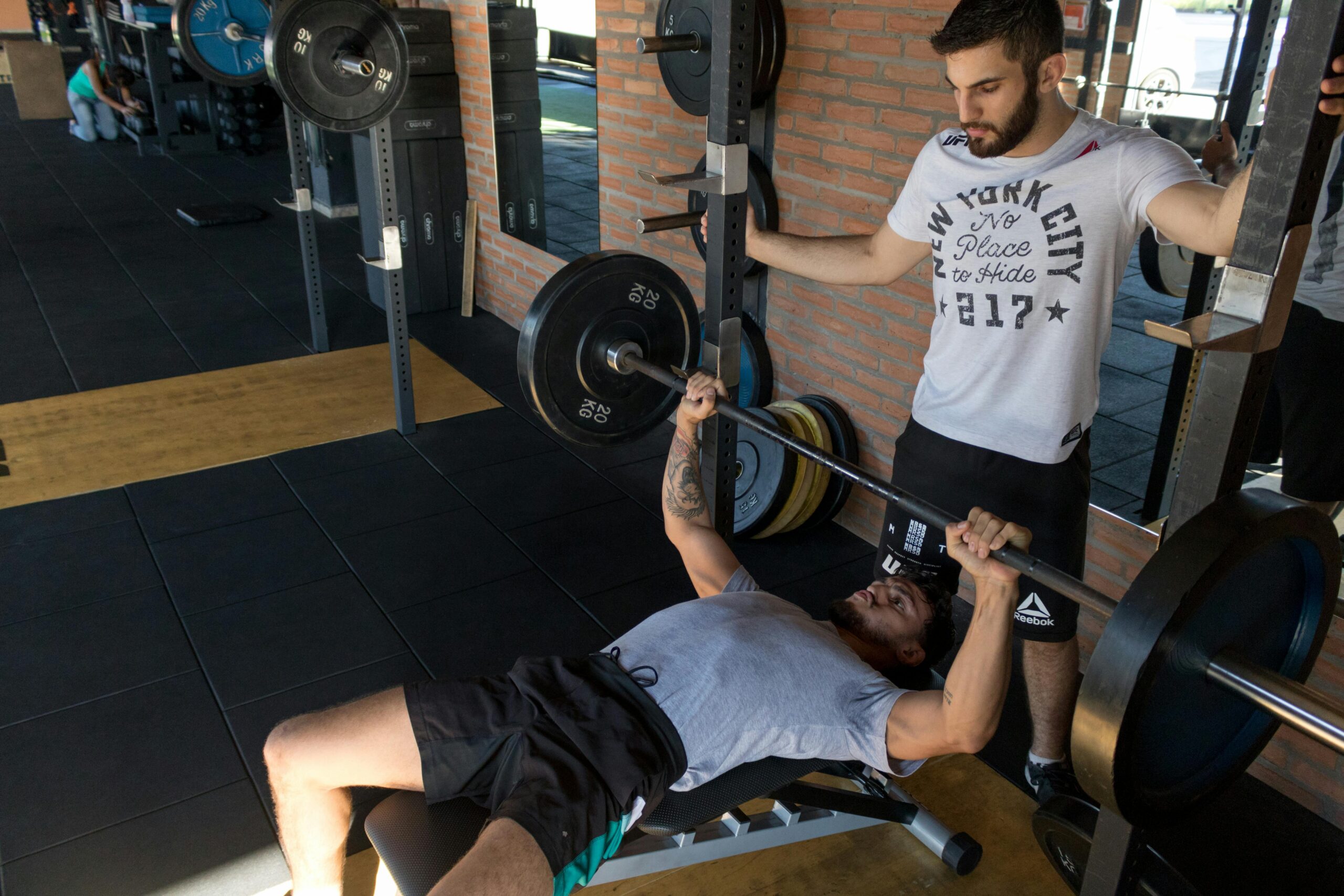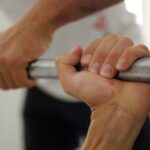When it comes to chest training, grip width and hand placement on pressing movements play a critical role in determining muscle activation, strength development, and overall chest growth. Whether you’re performing the barbell bench press, dumbbell press, or push-ups, adjusting your grip can significantly alter which areas of your chest and surrounding muscles are targeted. This article will explore how wide grip vs. close grip affects muscle activation and performance in chest-focused pressing exercises.
Understanding Grip Width and Hand Placement
Before diving into specifics, it’s important to define the different grip widths:
- Wide Grip – Hands positioned outside shoulder width.
- Standard Grip – Hands positioned at shoulder width.
- Close Grip – Hands positioned inside shoulder width.
Each grip variation engages different muscle fibers, influencing muscle growth and strength progression.
Wide Grip vs. Close Grip: Muscle Activation & Performance
Wide Grip Pressing (Greater Chest Emphasis)
A wide grip bench press or pressing movement typically increases the activation of the pectoralis major, especially the sternal head (middle and lower portion of the chest). Here’s how it affects training:
Benefits of a Wide Grip:
- Increases chest activation by reducing the range of motion at the elbow.
- Reduces triceps involvement, making the movement more chest-dominant.
- Places greater stretch on the chest, which may lead to better muscle fiber recruitment.
- Ideal for hypertrophy (muscle growth) due to increased tension on the chest muscles.
Drawbacks of a Wide Grip:
- Can increase shoulder joint stress, particularly in individuals with poor mobility.
- May limit lockout strength due to reduced triceps engagement.
- Requires good wrist mobility to avoid unnecessary strain.
Best Exercises for Wide Grip:
- Wide Grip Barbell Bench Press
- Wide Grip Dumbbell Press
- Wide Grip Push-Ups
Close Grip Pressing (Greater Triceps & Upper Chest Emphasis)
A close grip bench press shifts more of the load onto the triceps and anterior deltoids, while still involving the chest. This grip is commonly used for increasing pressing strength and improving lockout power.
Benefits of a Close Grip:
- Places greater emphasis on the triceps, making it excellent for improving pressing power.
- Reduces strain on the shoulder joints, making it a safer option for some individuals.
- Enhances lockout strength, crucial for improving overall pressing performance.
- Can activate the upper chest more due to increased elbow flexion.
Drawbacks of a Close Grip:
- Less overall chest activation compared to a standard or wide grip.
- Requires greater elbow stability to prevent excessive strain.
- Can feel more difficult initially due to the higher demand on the triceps.
Best Exercises for Close Grip:
- Close Grip Barbell Bench Press
- Close Grip Dumbbell Press
- Close Grip Push-Ups
- Triceps Dips (Chest Version)
How Grip Width Affects Strength Development
Grip width also plays a crucial role in how you develop strength over time:
- Powerlifters often train with a slightly wider than shoulder-width grip to optimize leverage and reduce the range of motion for heavy lifts.
- Bodybuilders may use a mix of grip widths to maximize muscle fiber recruitment and develop a fuller chest.
- Athletes & Functional Lifters may prioritize close grip variations to enhance triceps strength and pressing endurance.
Choosing the Right Grip for Your Goals
To maximize chest training, it’s beneficial to incorporate both wide and close grip variations based on your fitness goals:
For Chest Growth (Hypertrophy):
- Prioritize wide grip bench press and dumbbell presses to stretch and activate the chest fully.
- Use moderate to high reps (8-12 reps per set) with controlled tempo.
For Strength & Power:
- Utilize a mix of standard and close grip to develop pressing power.
- Train with lower rep ranges (3-6 reps per set) to maximize strength gains.
For Triceps Development & Lockout Strength:
- Incorporate close grip pressing movements to target the triceps more directly.
- Use progressive overload to improve lockout strength in bench press.
Additional Factors to Consider
When adjusting grip width, keep the following in mind:
- Wrist Positioning: A grip that is too wide or too narrow can place strain on the wrists.
- Shoulder Mobility: If you have limited shoulder mobility, avoid extremely wide grips.
- Injury History: Those with past elbow or shoulder injuries should use a moderate grip width to minimize joint stress.
- Equipment Considerations: Different bars (e.g., Swiss bars, football bars) can help reduce joint strain while still allowing grip variation.
Conclusion
The role of grip and hand placement in chest training is essential for optimizing muscle activation, strength progression, and injury prevention. Wide grip pressing primarily targets the chest, while close grip pressing engages the triceps and improves pressing power. To build a strong, well-developed chest, incorporate both grip variations strategically into your training program.
Whether your goal is muscle growth, strength, or injury prevention, understanding and applying these grip techniques will help you maximize your chest training results.









